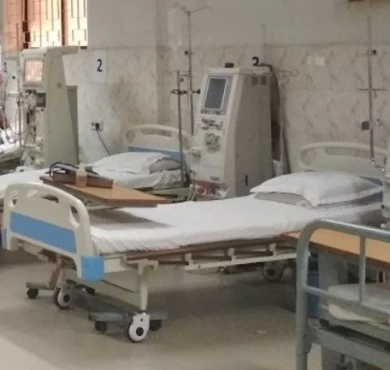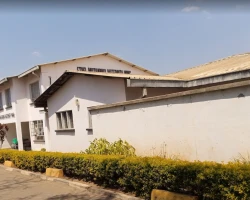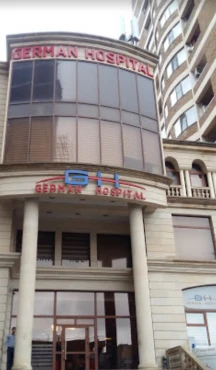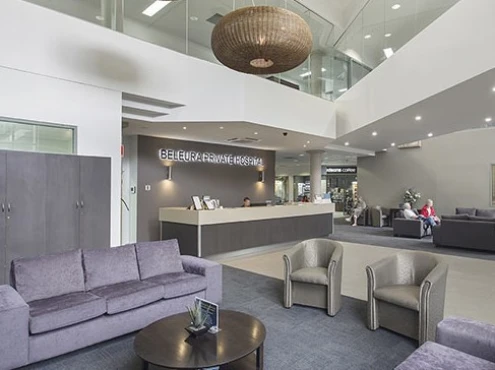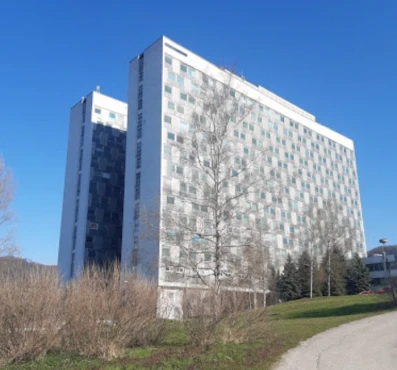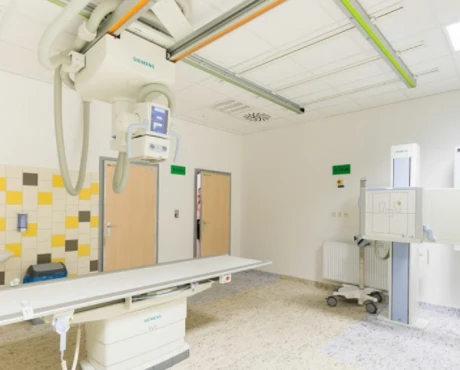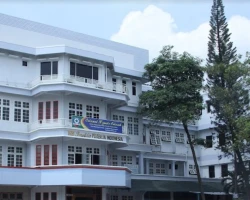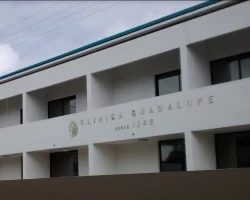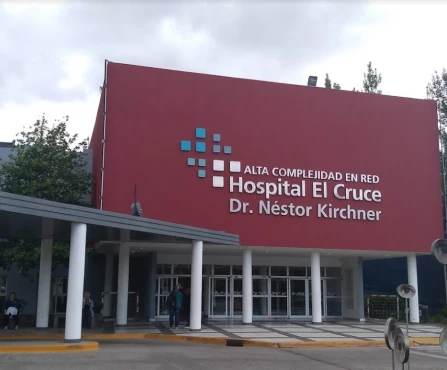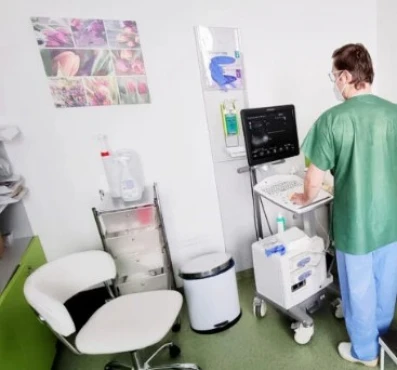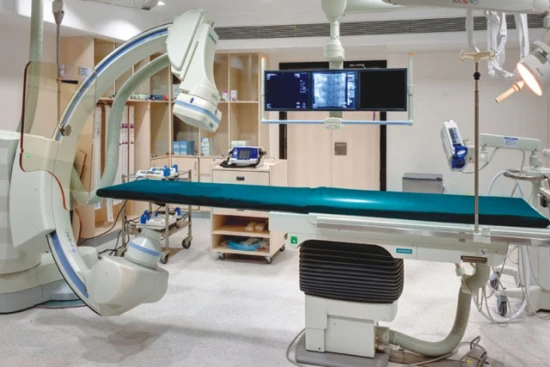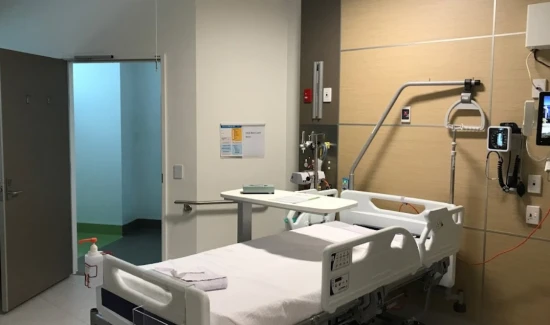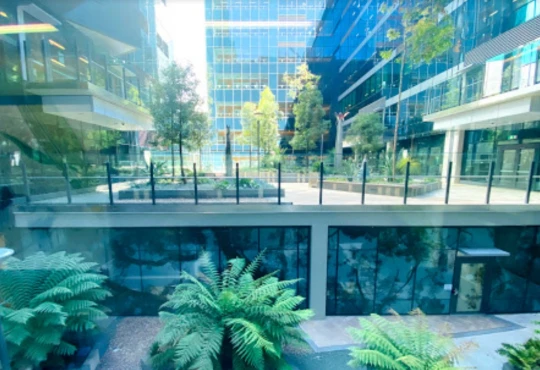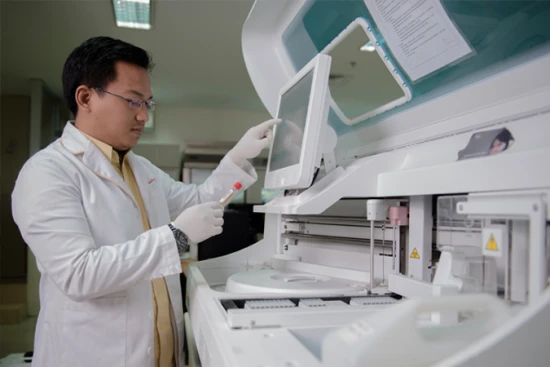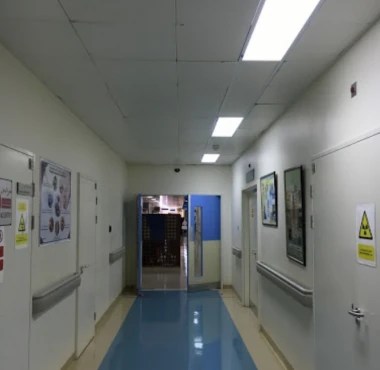Definition
Arachnoiditis is an autoimmune inflammatory lesion of the cerebral arachnoid mater, leading to the formation of adhesions and cysts. Clinically, arachnoiditis is manifested by liquor-hypertension, asthenic or neurasthenic syndromes, and focal symptoms (cranial nerve damage, pyramidal disorders, cerebellar disorders), depending on the predominant localization of the process. The diagnosis of arachnoiditis is established based on anamnesis, assessment of the neurological and mental status of the patient, data of brain echoencephalography, EEG, lumbar puncture, ophthalmologic and otolaryngologic examination, MRI and CT of the brain, CT-cisternography. Arachnoiditis is treated mainly with complex drug therapy, including anti-inflammatory, dehydration, anti-allergic, anti-epileptic, resorbable, and neuroprotective drugs.
General information
To date, neurology distinguishes between true arachnoiditis, which has an autoimmune genesis, and residual conditions due to fibrous changes in the arachnoid mater after a brain injury or neuroinfection (neurosyphilis, brucellosis, botulism, tuberculosis, etc.). In the first case, arachnoiditis has a diffuse character and is characterized by a progressive or intermittent course, while in the second case, it often has a local character and is not accompanied by a progressive course. Among organic lesions of the CNS, true arachnoiditis accounts for up to 5% of cases. Arachnoiditis is most often observed among children and young people under 40 years of age. Men get the disease twice as often as women.
Causes of arachnoiditis
In approximately 55-60% of patients, arachnoiditis is associated with a previous infectious disease.
Viral infections:
- flu
- viral meningitis
- meningoencephalitis
- chickenpox
- cytomegalovirus infection
- measles, etc.
Chronic purulent foci in the cranial region:
- periodontitis
- sinusitis
- tonsillitis
- otitis media
- mastoiditis
In 30% of cases, arachnoiditis is the result of traumatic brain injury, most commonly subarachnoid hemorrhage or cerebral contusion, although the likelihood of arachnoiditis is independent of the severity of the injury.
In 10-15% of cases, arachnoiditis has no well-defined etiology.
Predisposing factors to the development of arachnoiditis are chronic fatigue, various intoxications (including alcoholism), heavy physical labor in unfavorable climatic conditions, frequent acute respiratory viral infections, and repeated traumas, regardless of their localization.
Pathogenesis of arachnoiditis
The arachnoid matter is located between the dura mater and the soft mater. It is not fused with them but tightly adheres to the soft dura mater in places where the latter covers the convex surface of the cerebral gyrus. In contrast to the soft dura mater, the arachnoid mater does not go into the cerebral gyrus, and under it, in this area are formed filled with cerebrospinal fluid subarachnoid spaces. These spaces communicate with each other and with the IV ventricular cavity. Cerebrospinal fluid outflow from the cranial cavity occurs from the subcutaneous spaces through the granulations of the arachnoid mater, as well as through the perineural and perivascular slits.
Under the influence of various etiologic factors, the body begins to produce antibodies to its own arachnoid mater, causing autoimmune inflammation—arachnoiditis. Arachnoiditis is accompanied by the arachnoid mater’s thickening and opacity, the formation of connective tissue adhesions, and cystic expansions.
Classification of arachnoiditis
In clinical practice, arachnoiditis is classified by localization. Cerebral and spinal arachnoiditis are distinguished. The first, in turn, is subdivided into convexital, basilar, and arachnoiditis of the posterior cranial fossa, although due to the diffuse nature of the process, such a division is only sometimes possible.
Symptoms of arachnoiditis
The clinical picture of arachnoiditis unfolds after a significant period of time from exposure to the factor that caused it. This time is due to the autoimmune processes occurring and may differ depending on what exactly provoked arachnoiditis. Thus, after influenza, arachnoiditis manifests itself after 3-12 months and after brain injury, on average, 1-2 years. Over time, general cerebral and local (focal) symptoms accompanying arachnoiditis begin to appear.
General cerebral symptoms of arachnoiditis
General cerebral symptoms are caused by a disturbance in the dynamics of the liquor and, in most cases, are manifested by liquor-hypertension syndrome. In 80% of cases with arachnoiditis, patients complain of a fairly intense headache, most pronounced in the morning and intensified by coughing, pushing and physical effort. Painful eye movements, pressure on the eyes, nausea, and vomiting are also associated with increased intracranial pressure.
Often, arachnoiditis is accompanied by tinnitus, hearing loss, and non-systemic vertigo, which requires the exclusion of ear diseases (cochlear neuritis, chronic middle otitis media, adhesive otitis media, labyrinthitis). Often, arachnoiditis is accompanied by periodic sharp aggravation of liquor dynamic disorders, which is clinically manifested as a liquor dynamic crisis – a sudden attack of intense headache with nausea, dizziness, and vomiting. Such attacks may occur up to 1-2 times a month (arachnoiditis with rare crises), 3-4 times a month (arachnoiditis with crises of medium frequency), and more than four times a month (arachnoiditis with frequent crises). Depending on the severity of symptoms, liquor dynamic crises are subdivided into mild, moderate, and severe. A severe liquor dynamic crisis can last up to 2 days and is accompanied by general weakness and repeated vomiting.
Focal symptoms of arachnoiditis
The focal symptomatology of arachnoiditis may vary depending on its predominant localization.
Convexital arachnoiditis may manifest with mild to moderate motor and sensory disturbances in one or both limbs on the opposite side. In 35% of arachnoiditis cases, this localization is accompanied by epileptic seizures. Usually, there is polymorphism of epileptic attacks. Basilar arachnoiditis can be widespread or localized mainly in the optic-chiasmal region, anterior or middle cranial fossa. Its clinic is caused mainly by the lesion of the I, III, and IV pairs of cranial nerves located at the base of the brain. There may be signs of pyramidal insufficiency. Arachnoiditis of the anterior cranial fossa more often occurs with memory and attention disorders and decreased mental performance. Arachnoiditis of the posterior cranial fossa often has a severe course, similar to brain tumors of this localization. In arachnoiditis of the large cistern, a pronounced liquor-hypertension syndrome with severe liquor dynamic crises comes to the fore.
Diagnosis of arachnoiditis
A neurologist can determine the true arachnoiditis only after a comprehensive examination of the patient and comparing anamnestic data, neurological examination results, and instrumental studies. When collecting anamnesis, attention is paid to the gradual development of symptoms of the disease and their progressive nature, recently transferred infections, or craniocerebral trauma. The study of neurological status allows us to identify disorders of the cranial nerves and to determine focal neurological deficits and psycho-emotional and mnestic disorders.
Cranial radiography is an uninformative study for diagnosing arachnoiditis. It can reveal only signs of long-standing intracranial hypertension: finger indentations and osteoporosis of the back of the Turkish saddle. Echo-EEG data can judge the presence of hydrocephalus. EEG in patients with convexital arachnoiditis reveals focal irritation and epileptic activity.
Patients with suspected arachnoiditis should be examined by an ophthalmologist. In half of patients with posterior cranial fossa arachnoiditis, ophthalmoscopy reveals congestion in the optic disc area. Optic-chiasmal arachnoiditis is characterized by concentric or bitemporal narrowing of the visual fields detected at perimetry and the presence of central scotomas.
Hearing impairment and noise in the ear are reasons to consult an otolaryngologist. The type and degree of hearing loss are determined by threshold audiometry. To determine the level of damage to the auditory analyzer, electrocochleography, auditory evoked potentials, and acoustic impedanceometry are performed.
CT and MRI of the brain can reveal morphological changes accompanying arachnoiditis (adhesions, cysts, atrophic changes), determine the nature and degree of hydrocephalus, and exclude volumetric processes (hematoma, tumor, brain abscess). Changes in the shape of subarachnoid spaces can be detected during CT-cisternography.
Lumbar puncture provides accurate information about the size of the intracranial pressure. Examination of the liquor in active arachnoiditis usually reveals an increase in protein up to 0.6 g/L and cell count, as well as increased neurotransmitters (e.g., serotonin). This helps differentiate arachnoiditis from other cerebral diseases.
Treatment for arachnoiditis
Therapy of arachnoiditis is usually carried out in hospitals. It depends on the etiology and degree of activity of the disease. The scheme of drug treatment of patients with arachnoiditis may include:
- Anti-inflammatory therapy with steroidal drugs (methylprednisolone, prednisolone).
- Antiepileptic drugs (carbamazepine, levetiracetam, etc.)
- Dehydration medications (depending on the degree of increased intracranial pressure – mannitol, acetazolamide, furosemide)
- Neuroprotectants and metabolites (piracetam, meldonium, ginkgo biloba, pig brain hydrolysate, etc.).
- Anti-allergic medications (clemastine, loratadine, mebhydroline, chifenadine)
- Psychotropics(antidepressants, tranquilizers, sedatives).
An obligatory moment in treating arachnoiditis is the sanitation of existing foci of purulent infection (otitis, sinusitis, etc.).
Severe optico-chiasmal arachnoiditis or posterior fossa arachnoiditis with progressive visual impairment or occlusive hydrocephalus is an indication for surgical treatment. The surgery may consist of restoring the patency of the main liquor passages, removing cysts, disconnecting adhesions causing compression of adjacent brain structures, or even spinal cord stimulation. To reduce hydrocephalus in arachnoiditis, shunt operations aimed at creating alternative pathways for cerebrospinal fluid outflow: cystoperitoneal, ventriculoperitoneal, or lumboperitoneal shunt.






